A train ride through history
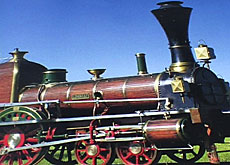
Switzerland’s railway network may be among the best in the world, but its success has not been achieved without cost.
Many died in the monumental struggle to take locomotives across the Alps.
A glimpse into the public archives of the Swiss Federal Railways shows how many lives were lost in building the railways, and how pivotal trains have been for Switzerland’s political and economic survival.
The Federal Railways Heritage Foundation, based in Bern city centre, has 25,000 books, and transparencies covering 1km of shelf space. Photos, paintings, and an extensive collection of videos and original documents chart the development of the locomotive, from the earliest in 1847 to the present high-speed trains.
Thomas Köppel from the Foundation showed swissinfo exhibits marking landmarks in Swiss railway history.
First steam train
In the basement of the archives is an original timetable for Switzerland’s first train, which ran from Zürich to Baden and was known as the “Spanish Brötlibahn”, named after the popular soft bread from Baden.
“At that time”, Köppel points out, “Switzerland was divided into different time zones. The introduction of train timetables resulted in the standardisation of timekeeping throughout the confederation.”
The blossoming of tourism at the end of the 19th century contributed greatly to rail development.
In 1871 the first rack-and-pinion train in Europe was opened in central Switzerland, taking passengers from Vitznau on Lake Lucerne up to the top of Rigi Kulm, with its breathtaking panorama of summits.
Wealthy British tourists began to invest in mountain rail companies, and built hotels to service their sophisticated requirements, helping Switzerland to become a favourite holiday destination for a new breed of travellers.
Gotthard tunnel
The next landmark in Swiss railway history provides proof that the Alps never represented a serious barrier to human endeavour.
The 15-kilometre Gotthard Tunnel, stretching from Göschenen to Airolo, is still considered an engineering masterpiece, providing a link between Germany and Italy.
Construction work began in earnest in 1872, with 2,500 mostly Italian miners. Some 146 tunnel workers were to lose their lives in the excavation process. A similar number succumbed to disease contracted in the badly aired tunnel.
Köppel produces dozens of immaculately preserved photographs, illustrating the extreme danger of the work and the unhygienic camps in which workers lived.
Discontent among the workers led to a strike in 1875, which was forcibly put down by the police and vigilantes, with the deaths of several people.
Electrification
From 1896, cogwheel railways climbed the steep routes up to the Jungfraujoch and Gornergrat summits, powered by three-phase current.
The first trials of single-phase alternating current were carried out on the Zürich Seebach to Wettingen line between 1904 and 1909.
Other railways started to adopt this system, but it was not until after the First World War, when coal prices rocketed, that electric railways became widespread.
During the First World War civilian steam train rail services were extremely restricted and tickets expensive.
Electric railways were subject to fewer restrictions, so travellers undertook elaborate detours on the few electric services that existed to reach their destinations.
Switzerland became the largest European market for large electric carriages between the two world wars, while other countries hesitated with the conversion, or reversed it.
“Swiss-designed machines found recognition worldwide and brought in significant export orders,” Köppel told swissinfo.
Wartime to present
By the onset of the Second World War, electrification had alleviated some of the supply problems.
When war broke out on September 1 1939, the border troops were already in place, having completed mobilisation in just two days, thanks to fast trains.
The civilian schedule continued to operate, and petrol shortages actually led to an increase in rail travel.
Archive photos show the Swiss militia guarding railway installations.
Köppel said: “Unfortunately several allied bombs, probably intended for German targets, went astray and hit Swiss railway stations such as Basel.”
The Alpine Gotthard and Lötschberg crossings were an important trump card of Swiss foreign policy.
The Germans and Italians needed these lines for their non-military transports. If Switzerland came under attack, it had the option of blowing them up immediately.
Köppel concludes: “After 156 years of rail development, the SBB is proud of its heritage. But there’s no room for complacency. We want to maintain our reputation for efficiency and high standards.”
Expansion and improvements of the railway network continue apace.
The Rail 2000 programme, due to be completed in 2005, will provide a new high-speed line between Bern and Olten.
And new Lötschberg and Gotthard rail tunnels, currently budgeted at SFr 3.6 billion ($2.6 billion) are due to be completed in 2007 and 2012 respectively.
swissinfo, Julie Hunt
In 1847, Switzerland’s first train – the “Spanish Brötlibahn”- ran from Zürich to Baden.
The Gotthard Tunnel, a masterpiece in engineering, cost the lives of more than 146 tunnel workers between 1872 and 1882.
Rising coal prices during the First World War convinced the Swiss to switch to electric train systems.
By the Second World War, Swiss-designed electric locomotives had gained international recognition and constituted a major export.
The Swiss continue to invest as much in the rail network as in the roads.
A visit to the Federal Railways archives in Bern city centre provides a fascinating insight into the role of the railways in helping to modernise Switzerland.
Photos, videos and original documents chart development from the earliest steam tracks to the present high-speed, dense network that characterises the Swiss system.

In compliance with the JTI standards
More: SWI swissinfo.ch certified by the Journalism Trust Initiative

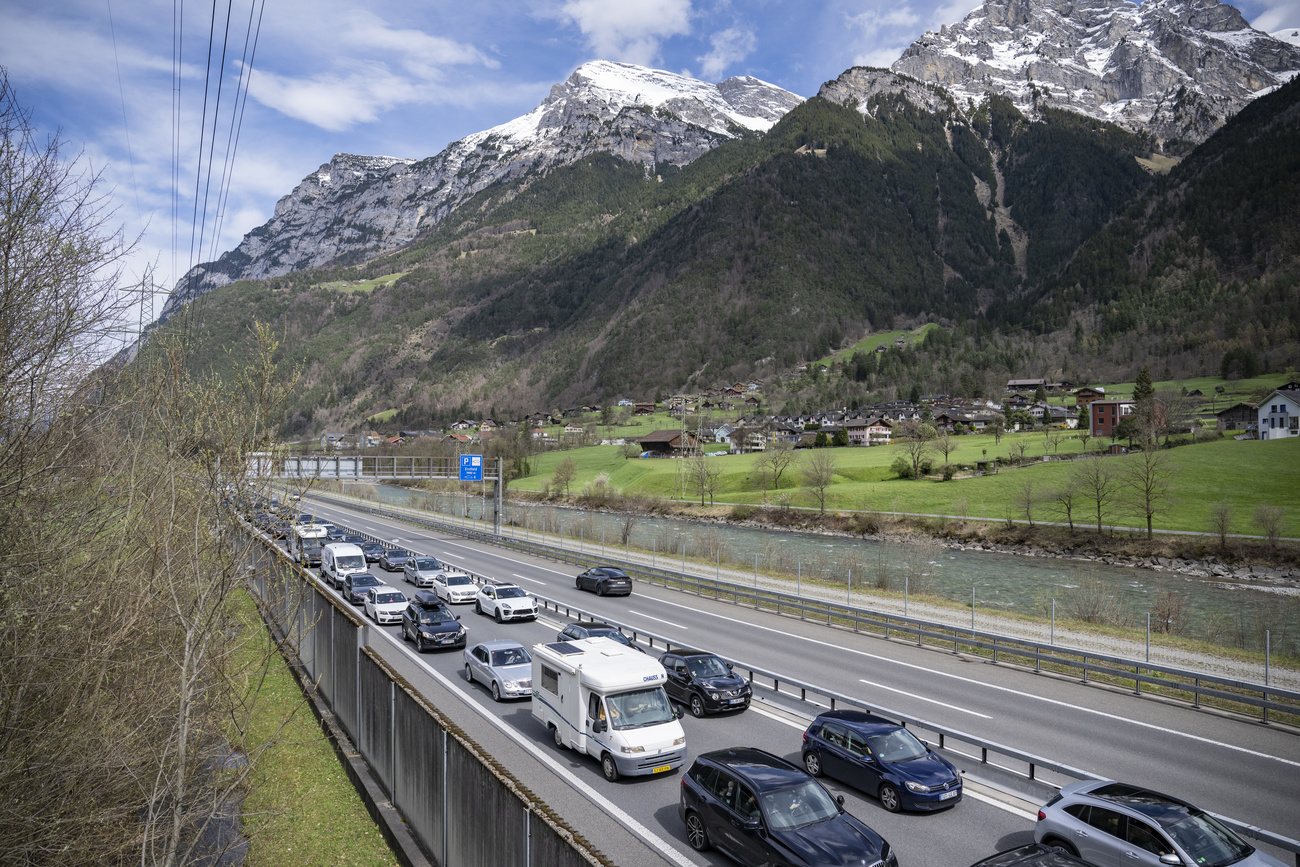
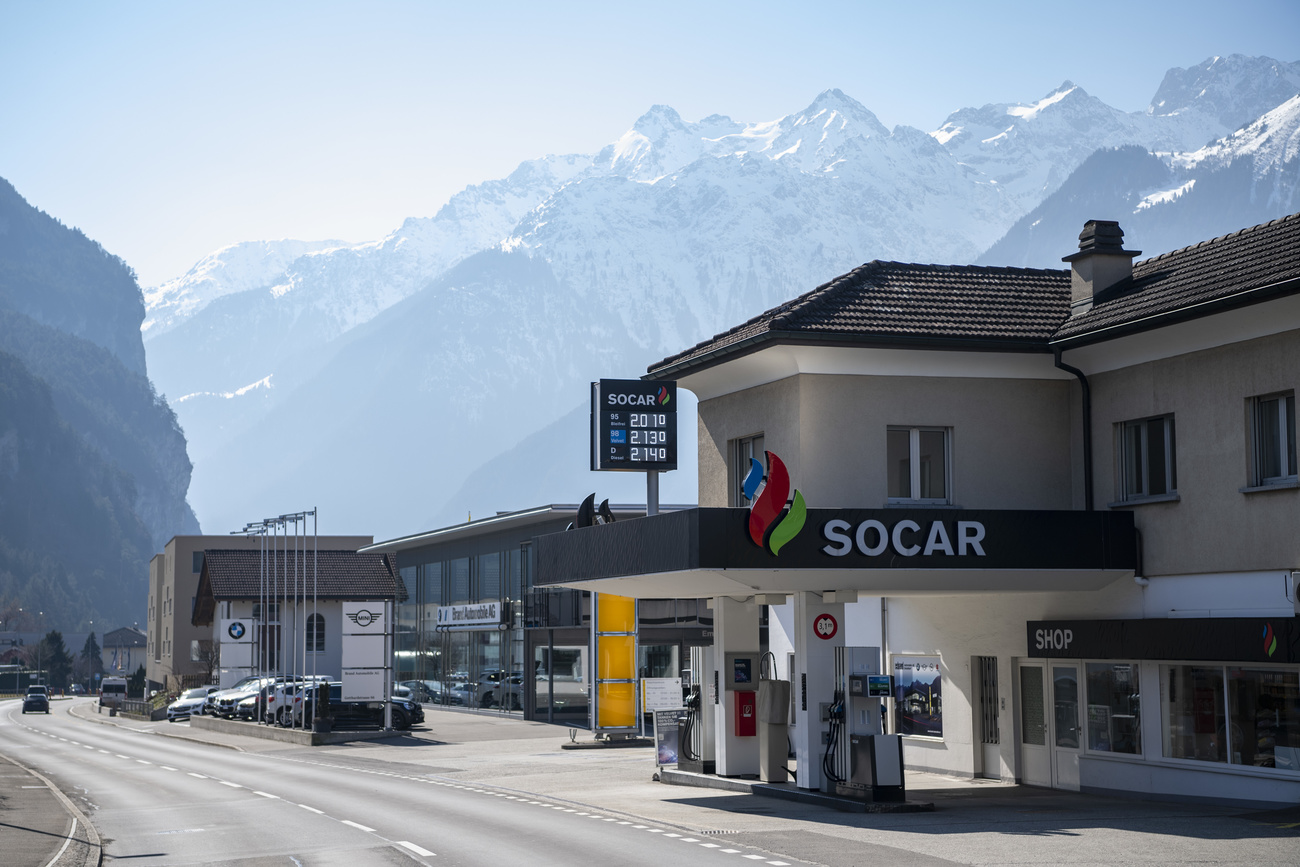

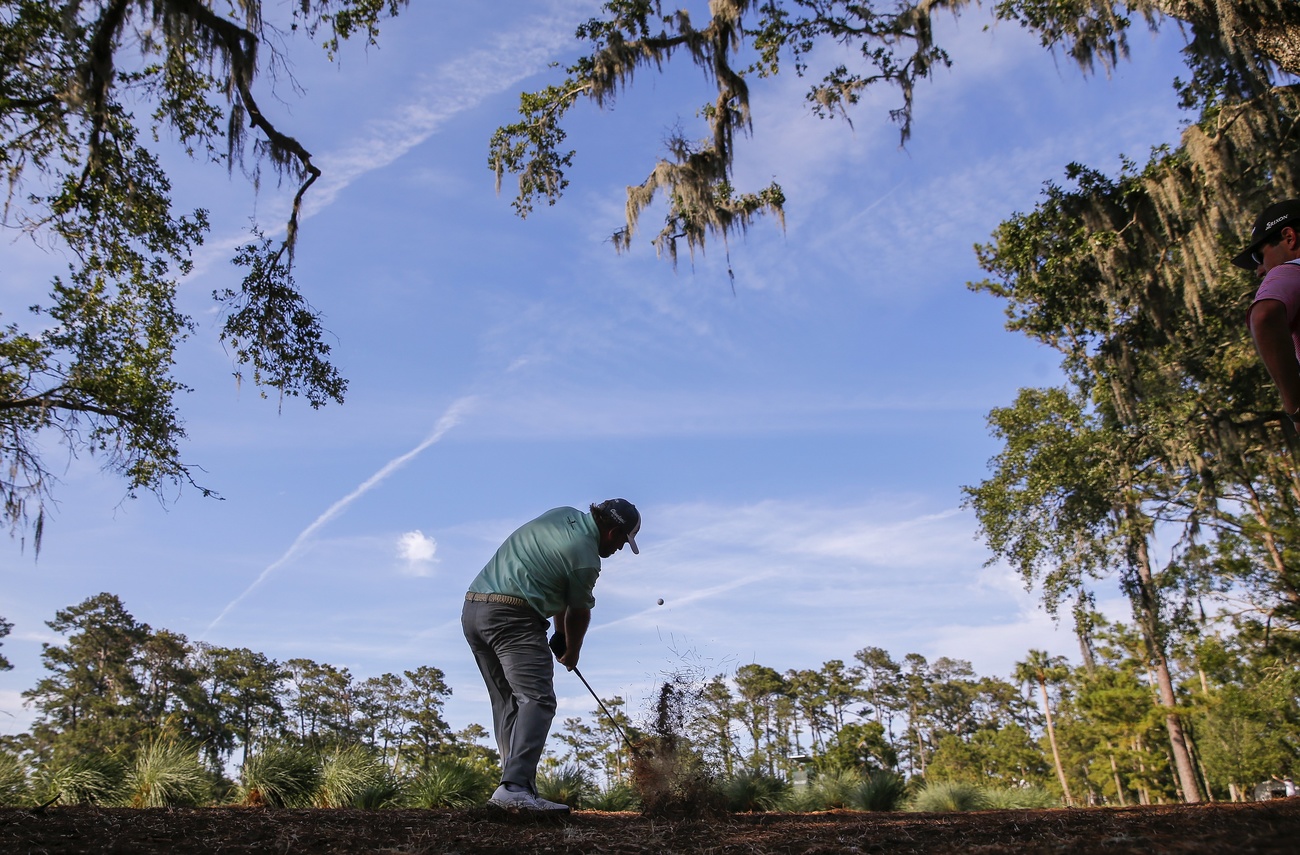




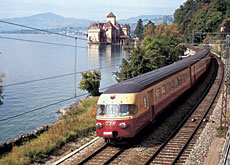
You can find an overview of ongoing debates with our journalists here . Please join us!
If you want to start a conversation about a topic raised in this article or want to report factual errors, email us at english@swissinfo.ch.